Seafood enthusiasts and home cooks alike know the joy of savoring perfectly cooked scallops. Their delicate texture and rich flavor make them a sought-after treat. But what happens when you have leftovers, or you’ve stashed some in the freezer for later? Can you recapture that freshly cooked magic? Absolutely. Here’s how to reheat scallops safely and deliciously.
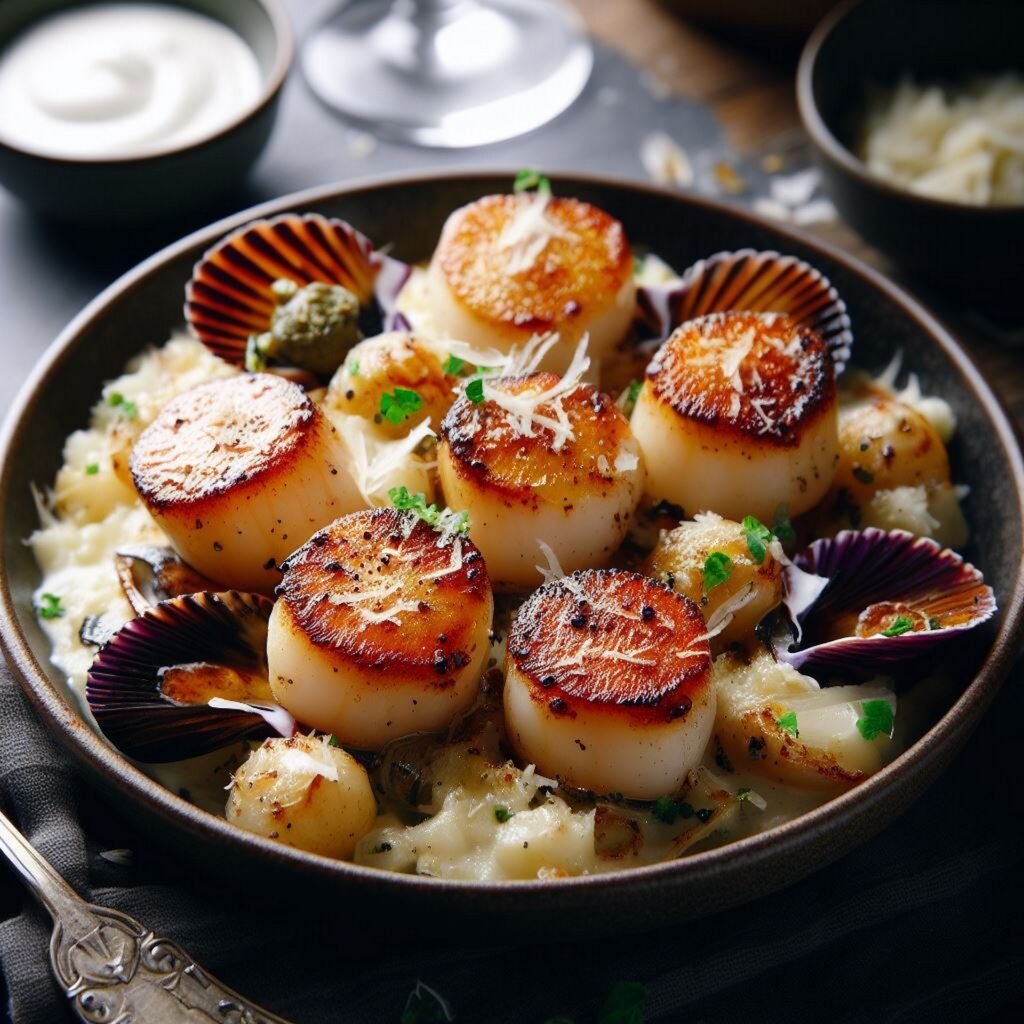
Thawing Frozen Scallops
First things first, if your scallops are frozen, you’ll need to thaw them. Thawing scallops properly is crucial to maintaining their quality and safety. To thaw, place them in the refrigerator overnight, allowing them to defrost gradually. For a quicker method, you can also seal them in a plastic bag and submerge them in cold water, changing the water every 30 minutes until thawed. Avoid using a microwave for thawing, as this can partially cook the scallops and affect their texture.
I think you love this video Cooking Perfect Scallops | Gordon Ramsay
Reheating Methods
Once your scallops are thawed, you have several options for reheating them:
Reheat scallops on the Stove
- Heat a little bit of oil or butter in a skillet over medium heat.
- Once hot, add the scallops to the pan, ensuring they’re not overcrowded.
- Reheat for about 1-2 minutes on each side, just until warmed through.
Reheat scallops in the Oven
- Preheat your oven to 275°F (135°C).
- Place scallops on a baking sheet in a single layer and cover loosely with foil.
- Heat for about 10 minutes, or until they reach an internal temperature of 145°F.
Reheat scallops in the Microwave
- Place scallops on a microwave-safe plate and cover them with a damp paper towel.
- Microwave on low power in 30-second intervals, checking for doneness after each interval.
Reheat scallops in an Air Fryer
- Preheat the air fryer to 350°F.
- Place scallops in the basket, ensuring they’re not touching.
- Reheat for about 2-3 minutes, or until they are warm throughout.
Food Safety Tips
When reheating frozen scallops, it’s essential to cook them to an internal temperature of 145°F to ensure they are safe to eat. Avoid overcooking, as scallops can quickly become tough and rubbery. Also, remember that it’s not recommended to reheat scallops more than once, as this can increase the risk of foodborne illness.
How to Tell if Scallops Have Gone Bad
Not sure if your scallops are still good? Keep an eye out for these warning signs:
- Foul odor: Scallops should smell lightly oceanic, not pungent or sour.
- Slimy texture: They should be firm and slightly sticky, not slimy.
- Discoloration: Look for light beige or pinkish hues, not gray or brown.
- Excessive moisture: Some moisture is normal, but too much is a bad sign.
- Expired date: If they’ve passed their expiration date, it’s best to throw them out.
Conclusion
Reheating scallops is a straightforward process that, when done correctly, can yield delicious results. Always prioritize safety by thawing and reheating your seafood properly. By following these tips, you’ll enjoy your scallops as if they were fresh out of the kitchen once more. Treating yourself to a gourmet experience at home doesn’t have to be a one-time affair; with the right techniques, you can savor those sumptuous scallop dishes anytime.


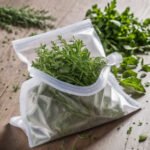
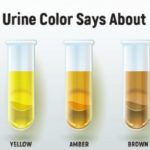

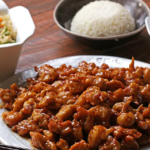


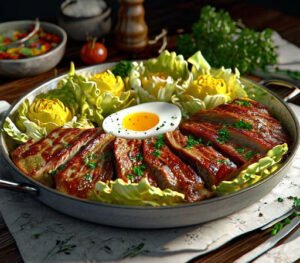

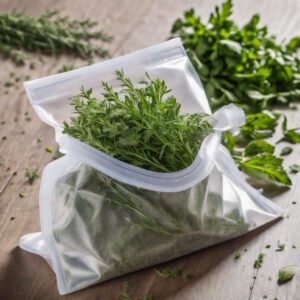

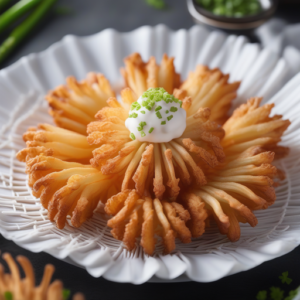
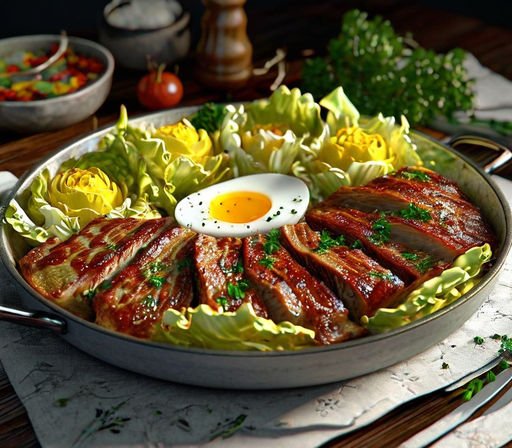
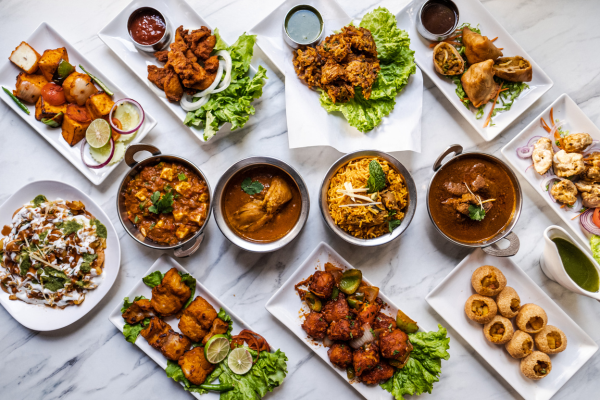

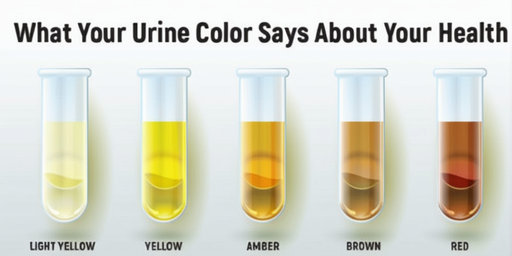

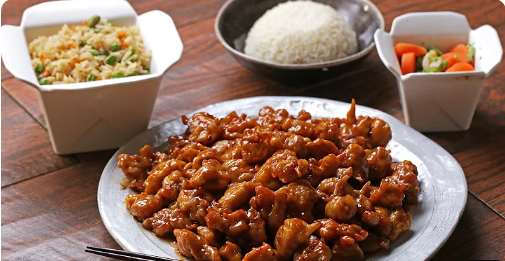
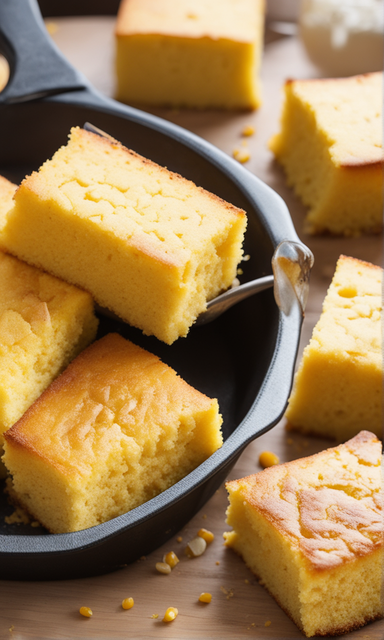
+ There are no comments
Add yours